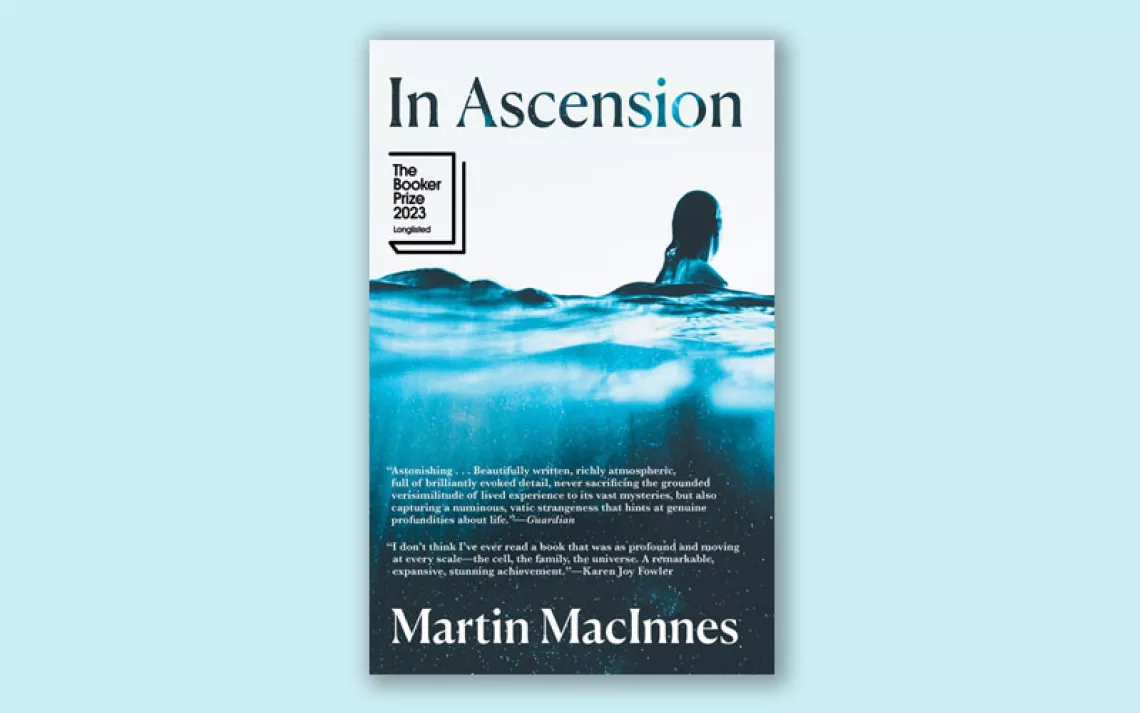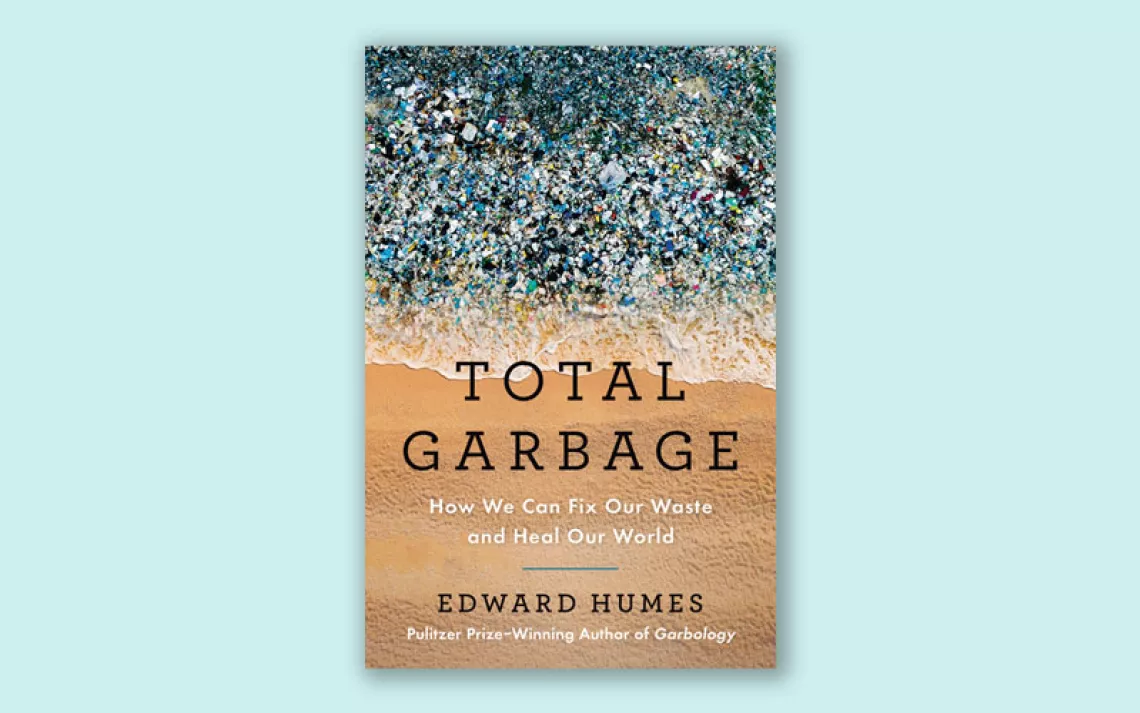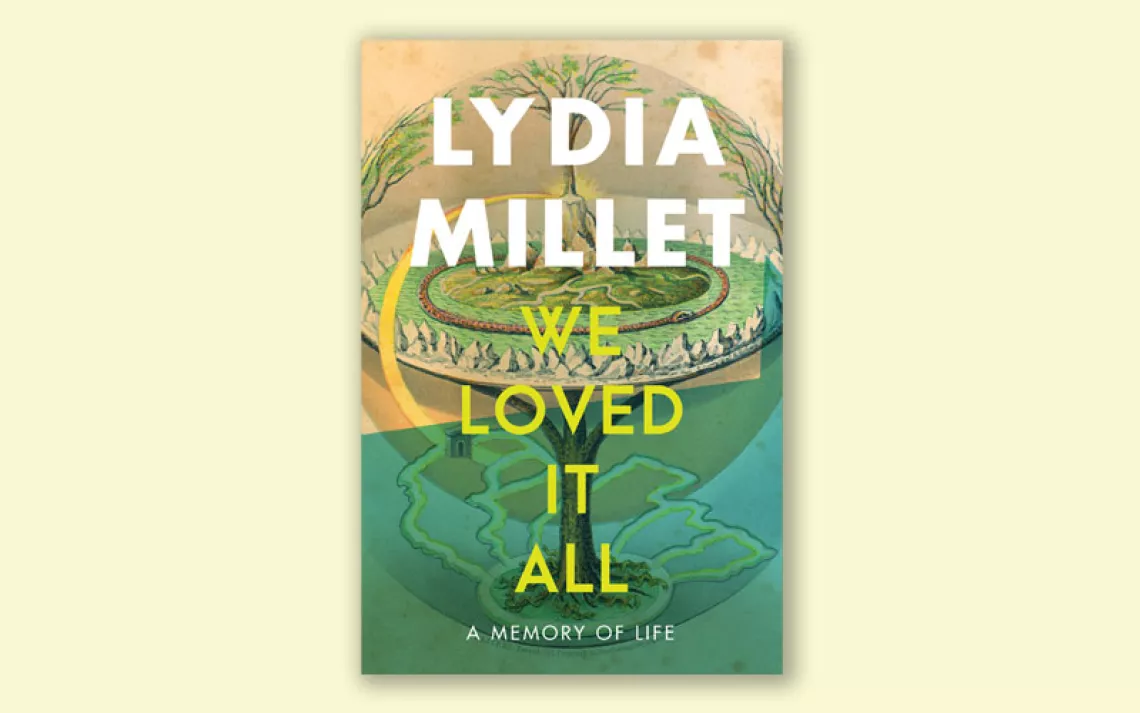12 Earthy Kids’ Books That’ll Help the Whole Family Fete Earth Week
These pretty picture books grant grown-ups hope too
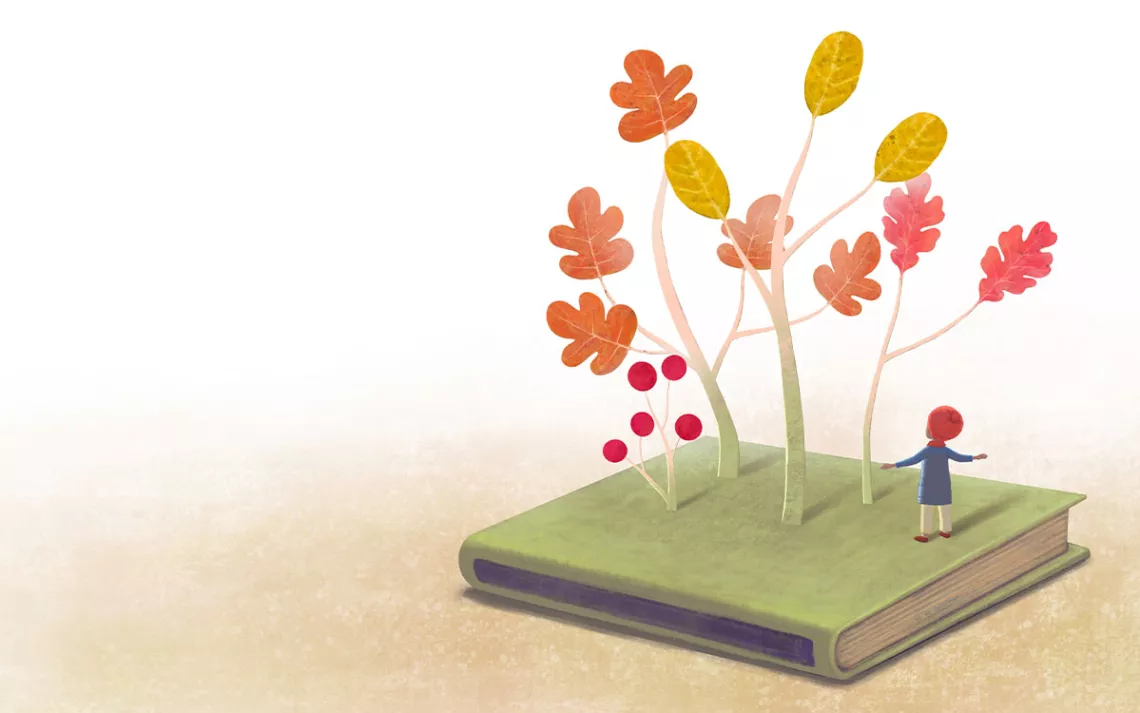
Illustration by Jorm Sangsorn/iStock
The most sustainable and regenerating thing you can give a kid? A book—or better yet, a whole stack of them. In some cases, they’ll behoove the whole family too. By distilling big ideas into simple, illustrated prose, children’s books provide parents and caretakers with powerful reminders of our values. They remind us of important concepts we may not have revisited in a while, and oftentimes, they reacquaint us with the marvels of life on our endangered planet.
Seeking family-nourishing reads for Earth Week, we pored over a slew of beautiful, recently released books aimed at engaging youngsters with the natural world, educating them about climate change and other eco hot buttons, and arming them with problem-solving tools and hope. Each of these selects reinvigorated our adult test readers, too—by reminding us why it’s important to talk to our kids about the challenges they’ll inherit and what we can all do to render our own worlds more sustainable. These books also reminded us of how themes of hope so common in children’s books can lift all of us up. After all, nothing grants a concerned grown-up hope quite like the sight of their kid pumped about their home planet.
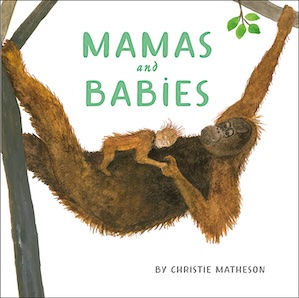
Perfect for bedtime or read-aloud snuggle time, Mamas and Babies (Penguin Random House, ages 0-3) acquaints tots with 14 pairs of animal mothers and babies. Acclaimed author/illustrator Christie Matheson depicts each species via lovely watercolor portraits and includes anecdotes describing each animal mama’s tender, often unexpected, and uniquely protective parenting style. This sweet picture book is catnip for baby-obsessed toddlers and invites human mamas to reflect on the magic of the connection they share with their little ones too.
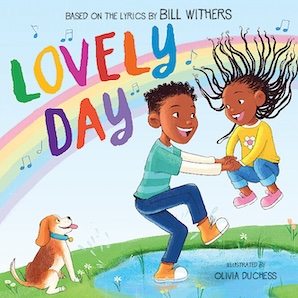
Bill Withers’s “Lovely Day” comes to life in an eponymous new picture book adapted from the lyrics of his iconic and endlessly joyful hit song. Lovely Day (Scholastic Inc., ages 4-6) documents a day in the lives of a brother and sister who discover new ways to play outside when the playground is closed, make the best of a rainy day by running around outside, and otherwise find al fresco joy within challenges. An engaging, and yes, lovely read (especially for kids who love music!).
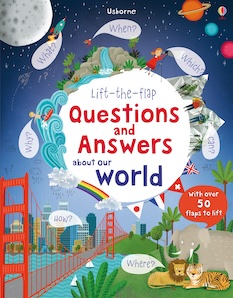
For the many kids out there who like to physically engage with their reading materials, Lift-the-Flap Questions and Answers About Our World (Harper Collins, ages 4-8), by Katie Daynes, invites “open it!”–chanting readers to lift flaps and find answers to 50+ questions about Earth that are sure to pique adults’ curiosity too. Think “How do birds find worms underground?” and “When can I see a shooting star?” A whimsical map showcases many of the features mentioned in the book, providing an exciting entree to geography as well.
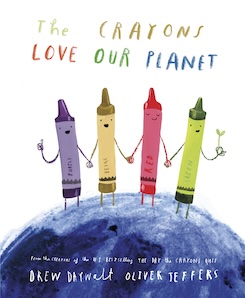
The latest installment from The New York Times–bestselling The Day the Crayons Quit series makes for an ideal Earth Day read. In Drew Daywalt’s The Crayons Love Our Planet (Penguin Random House, ages 3-8), a charming cast of crayons showcase their most prized contributions: White’s ice caps, Brown’s soil, Blue’s oceans and skies, etc. Even droll Beige is proud of his contribution (wheat). This seemingly simple little read contains subtle reminders to safeguard our planet and reinforces the fact that doing so truly takes all types. As a bonus, Oliver Jeffers’s iconic illustrations enchant kids and “bigs” alike.
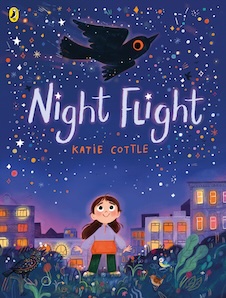
New this month from author/illustrator Katie Cottle, Night Flight (Penguin Books UK, ages 4-8) takes kids on a bird-saving journey into a specific and pressing issue: light pollution. When main character Ellie’s family moves from a quiet village to a bustling city, she scours the shimmering skyline in vain for her favorite birds. Then one night, a giant starling visits Ellie, seeking her help guiding the light-shy birds back home. The result is an unusual and inspiring story about following your passions and using your voice.
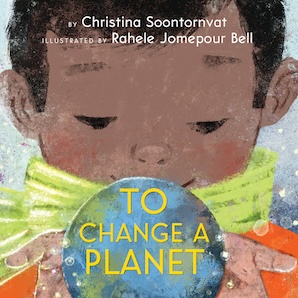
To Change a Planet (Scholastic Press, ages 4-8) is one of those books that just might rekindle the grown-up whose climate anxiety has gotten the better of them with the issue they value most. Using spare, poetic text, author Christina Soontornvat gently lays out the simple causes of climate change, drawing parallels between “seemingly insignificant” individual molecules of excess carbon and each of us “seemingly insignificant” individual humans. These stunning pages illuminate real ways in which our personal and collective actions can help heal Earth.
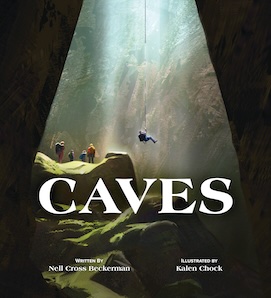
Got any adventurous kids in your life? The evocative Caves (Orchard Books, ages 4-10), by Nell Cross Beckerman, will entice them to explore one of our world’s most curious ecosystems. Through evocative language and Kalen Chock’s photorealistic illustrations (some of which seem to beam bioluminescent glow from the page), Caves guides young readers through various famous caves around the world, stirring wonder and also educating them about safe cave exploration.
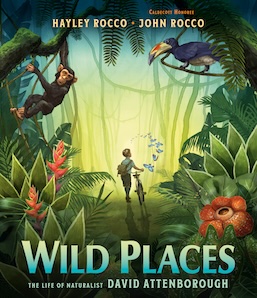
In many households, Planet Earth makes for beloved family-night viewing fodder. Young fans of the “voice of nature” will eat up Wild Places: The Life of Naturalist David Attenborough (Penguin Random House, ages 4-8), a charming new book about a boy who loved collecting newts and fossils near his home in England. Wild Places, by married writer/illustrator team Hayley and John Rocco, tells the story of Sir David Attenborough’s career in television, how he birthed an idea for a new kind of show that had him traveling to wild places all over the world to document animals in their natural habitats. This is a lush pictorial biography of Attenborough, yes, but it’s also the story of our planet—about how it changed rapidly over the course of one person’s lifetime, and about what we can do to restore the wild places that shrank before Attenborough’s eyes.
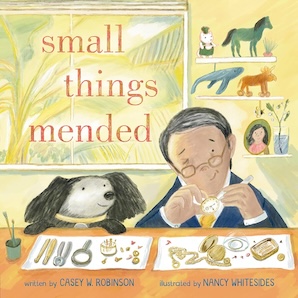
A tender story about a kindhearted elderly man and the community of kids who depend on him to fix their watches, stuffies, and family heirlooms, Small Things Mended (Rocky Pond Books, ages 4-8), by Casey W. Robinson, brings a soft, gentle touch to messaging around the power of both repair and mutual aid. This is a picture book that shows kids the value of loving their history—of pausing before discarding and replacing things. And as Cecil, brokenhearted over the loss of his beloved spouse, finds new belonging as his neighborhood’s resident repair guru, young readers processing their own grief might come to a better understanding of how intergenerational communities can sustain and enrich themselves too.
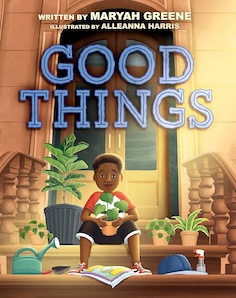
A must for any budding green thumbs—as well as any kids contending with grief and loss—Good Things (Razorbill, ages 4-8) tells the heartfelt story of Malcolm, who unexpectedly loses his beloved dad, “Pops,” and inherits his plants. A debut from professional plant stylist and “Plant doctor” Maryah Greene, this gorgeous, colorful, and unflinchingly honest book makes space for Malcolm’s sadness and pain as he tries to pay homage to his father’s life by nurturing his plants. Readers contending with loss—children and grown-ups alike—will appreciate Malcolm’s vulnerability, and the ways in which he finds vectors for hope and memories within seeds and soil.
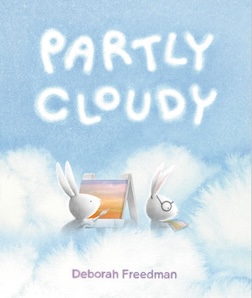
What do you see when you look at clouds? Partly Cloudy (Penguin Random House, ages 3-8), by celebrated author/illustrator Deborah Friedman, features two curious bunnies who enjoy watching clouds go by. When they look at the sky, however, one bunny uses his imagination to find cotton candy or whipped cream within the clouds, while the other can only discern the water cycles behind them, and catalog clouds’ types. The sometimes frustrated bunnies eventually discover that cloud-watching is much more fun and meaningful when they can process the clouds through each other's eyes. Ultimately, Partly Cloudy provides an educational yet whimsical reminder that imaginative storytelling and scientific rigor need not be mutually exclusive. (It’ll also inspire kids to look up next time they venture outdoors!)
We’ll finish by recommending a beautiful nonfiction picture book that details the incredible ways Earth removes carbon dioxide from the air naturally—via watery carbon sinks of kelp, for example, and mangroves. Change Is in the Air (Bloomsbury, ages 6-10), by Debbie Levy, offers an encouraging yet honest overview of Earth’s chief problem at hand—the fact that there’s too much carbon in the air. It also lays out tangible ways we can harness the power of nature coupled with human ingenuity to address it. This beautiful, straightforward read leaves even the most dejected of grown-up readers feeling that indeed, change must be in the air.
 The Magazine of The Sierra Club
The Magazine of The Sierra Club
